Guest researcher blog post written by Darija Šoltić.
Originally from Croatia, I came to the UK to do my PhD in neuroscience, where I worked on spinal muscular atrophy, a debilitating childhood motor neuron disease (MND). Earlier this year, I joined the Ruepp group (led by Dr Marc-David Ruepp) at the UK Dementia Research Institute at King’s College London, to continue my research on MNDs as a Postdoctoral researcher with the main interest in amyotrophic lateral sclerosis (ALS) – the most common type of MND.
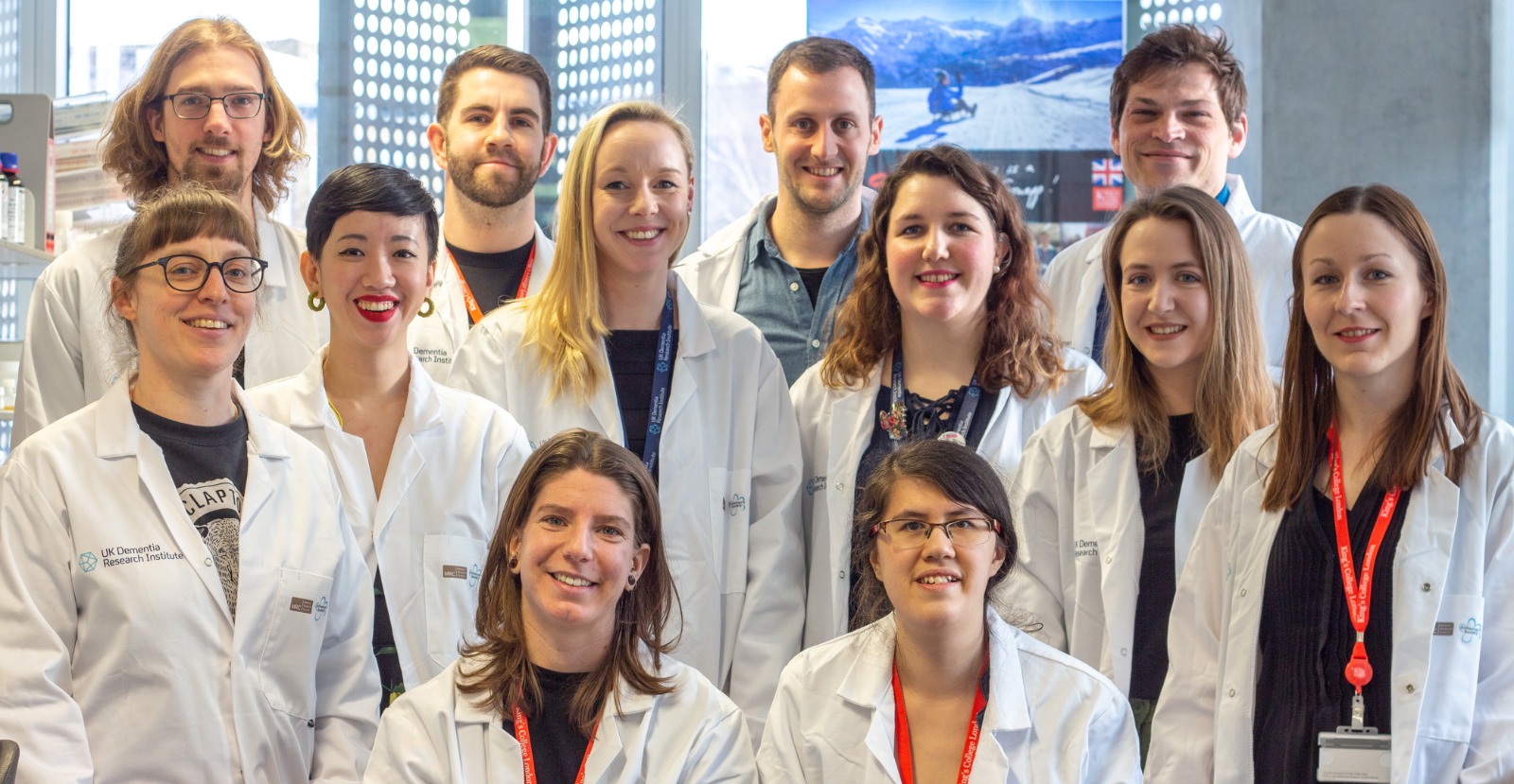
As I’m sure you know, in ALS, nerves that allow muscles to move slowly waste, causing progressive loss of mobility. The focus of my work is the extremely aggressive form of ALS caused by changes in the gene called FUS. People with ALS that carry mistakes in the FUS gene tend to develop the condition with rapid progression. We are trying to understand how faulty FUS leads to nerve death and how to prevent this.
Of particular interest are mitochondria (shown in picture below), which are sometimes referred to as the “digestive system” of the cell as they take in nutrients, break them down, and produce energy to power the cell. We know that mitochondria do not work normally in ALS patients that carry faulty FUS, and my job is to determine how and when this happens (in collaboration with Dr Helene Plun-Favreau, University College London).
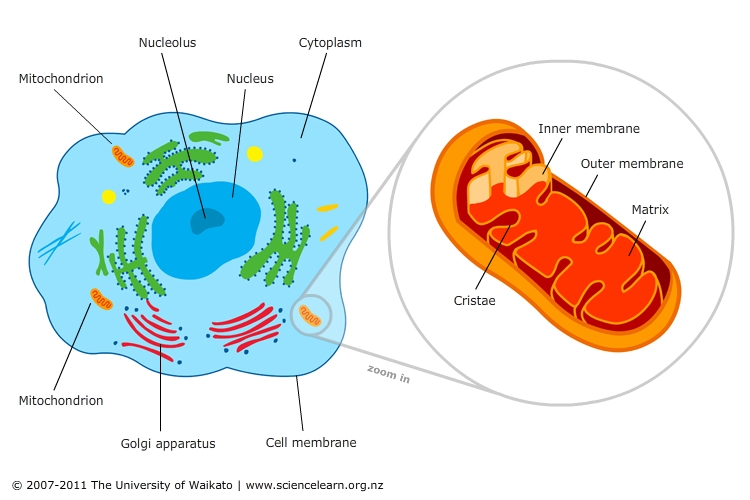
To do this, I use various laboratory methods including extremely powerful microscopes that can view cell details that are not visible to the eye, and proteomics technologies that allow me to do an inventory of all the molecules in the cell to then look for specific disease-related changes. Mitochondria are the main energy source of the cell, and we hope that by gaining knowledge of the changes that happen in mitochondria, we will get one step closer to identifying new treatments for ALS patients.
In the time of COVID-19 crisis, our laboratory work was temporary put on hold. I used this time to critically think about my research and to work on my personal and professional development – which includes this opportunity to share my research so far and work on my science communication skills by writing this post for the MND research blog. I have returned to the lab on the 6th July to continue my research on MNDs, with the support and help from my brilliant colleagues from Ruepp and Plun-Favreau group.
Thank you to Darija for writing this blog post.
The MND Association currently fund two other projects in the Ruepp lab. To read more on this, please visit our information sheet on Research we fund in 2020.

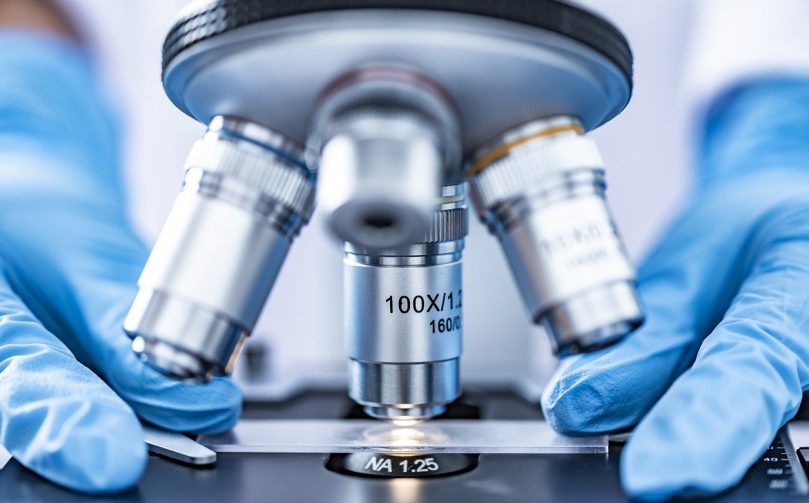
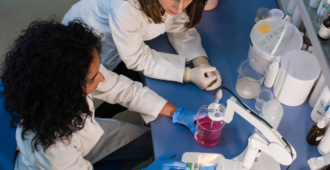
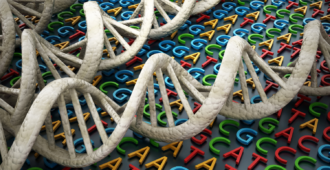
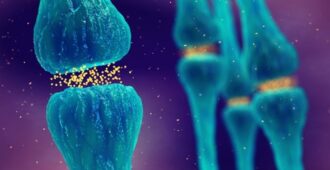
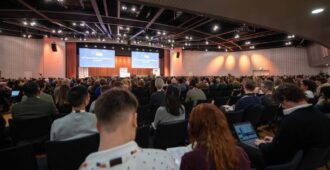

This is great to read and its reassuring to know people are out there trying to find treatments and cures ,today i got my final diagnosis of Bulbar onset mnd ,thankyou for all the work and support
Hi Sharon
Thank you for taking the time to read our blog and for your kind comments. I am so sorry to hear of your recent diagnosis. Research into MND is continuing around the world and we will carry on keeping the MND community updated and informed. Your feedback is always appreciated.
Kind regards
Research Development Team
This is so super brilliant news my sister passed away age 58 and my niece age 36 passed away with this evil disease so overwhelmed use are trying to do something with this disease. I thank use guys so much on all the info regarding this evil disease.
Hi Josephine
Thank you for reading our blog and taking the time to comment on it, I’m so sorry to hear that you have lost family members to MND. We will continue to provide the latest research news on MND from around the world and your feedback is always welcome.
Kind regards
Research Development Team